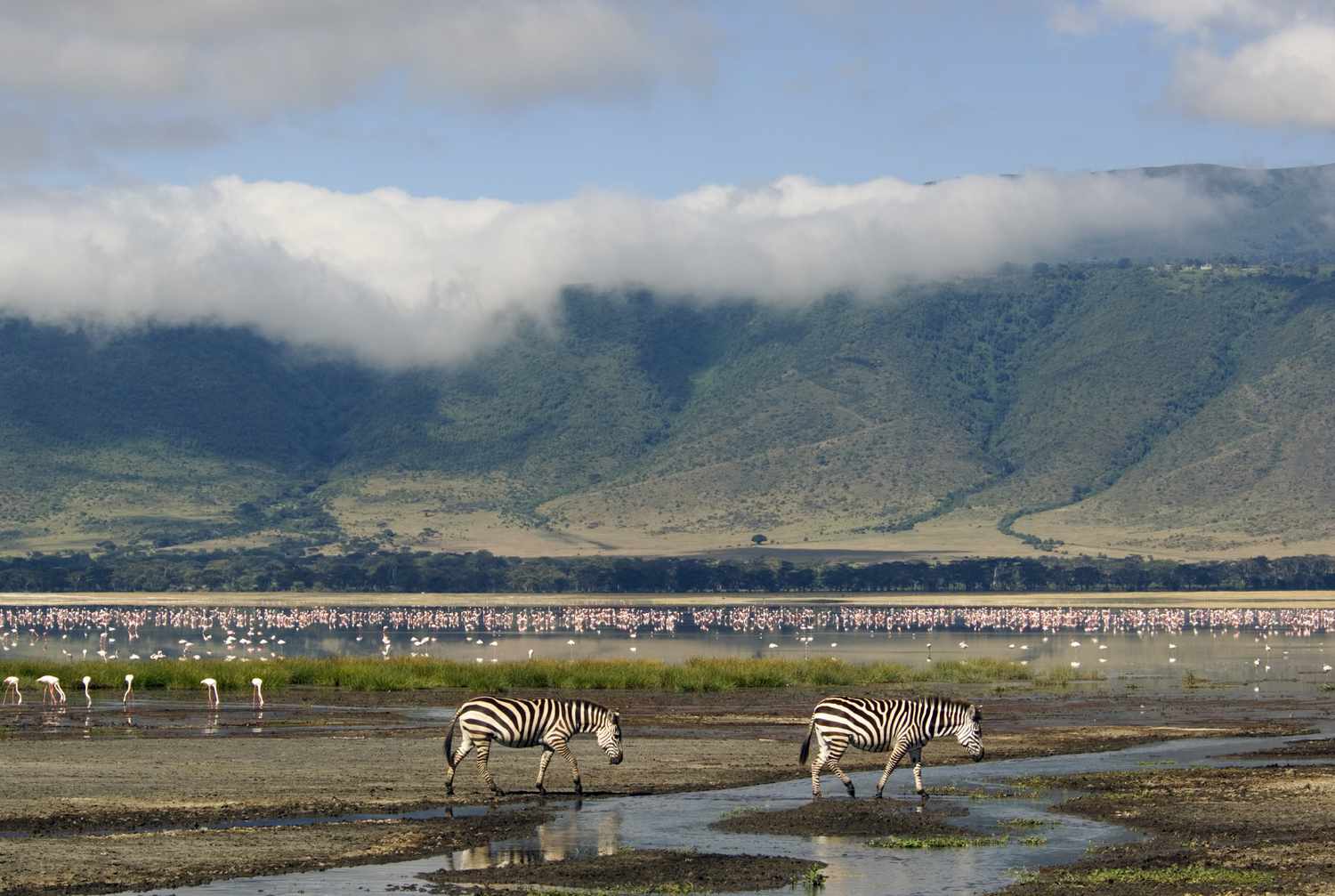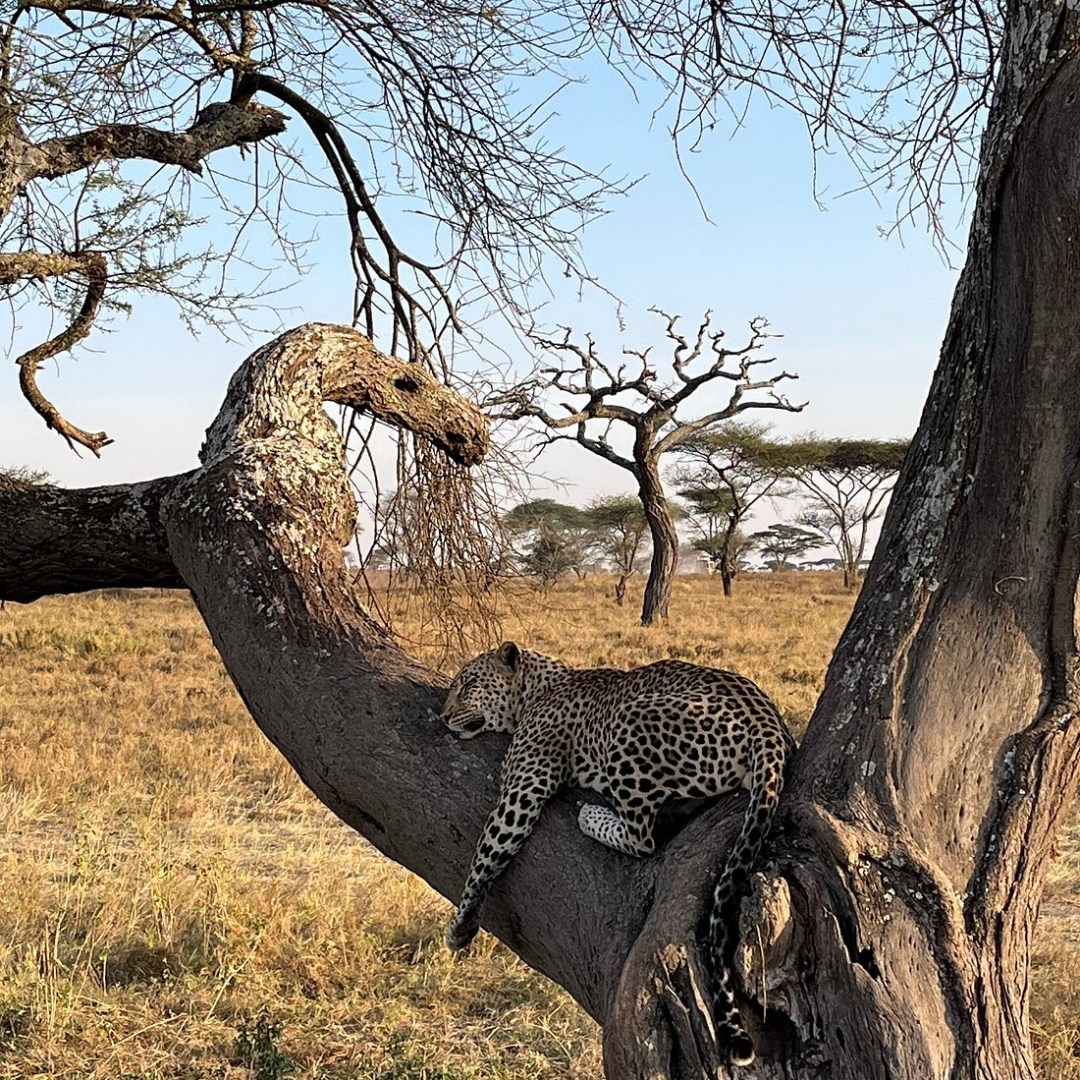
Ngorongoro Crater
The Ngorongoro Crater is a UNESCO World Heritage site and one of the most unique and stunning wildlife conservation areas in Tanzania. Known as the "Eden of Africa," this massive volcanic caldera, measuring about 20 kilometers in diameter, is home to an incredible array of wildlife. It is often referred to as the "Garden of Eden" due to its lush environment and high concentration of animals, making it one of the best places for a safari in Tanzania.
Wildlife
Ngorongoro Crater is a wildlife haven, often considered one of the best places to see the Big Five (lion, leopard, elephant, buffalo, and rhino) in one location. The crater is teeming with wildebeests, zebras, gazelles, hyenas, cheetahs, and more. It is also one of the few places in the world where you can find the critically endangered black rhino in the wild.
Birds
Birdwatchers will be delighted with the diversity of bird species in the Ngorongoro Crater. With over 500 species, including flamingos, ostriches, vultures, and various waterfowl, the crater is a birdwatching paradise. The crater lakes attract migratory birds, making it a prime spot for avian enthusiasts.
Best Time to Visit
The best time to visit Ngorongoro Crater is during the dry season, from June to October, when wildlife is easier to spot as animals gather around water sources. The wet season (March to May) brings lush green landscapes and fewer tourists, but game viewing can be challenging due to thick vegetation and rain.
Weather & Climate
Ngorongoro Crater has a temperate climate, with average temperatures ranging from 20°C to 25°C (68°F to 77°F) at the crater floor. The weather can be cooler at the crater’s rim, especially during the night. The region experiences two main seasons: the wet season (from March to May) and the dry season (from June to October). The dry season offers the best conditions for game viewing, with clearer skies and abundant wildlife at the crater floor.

